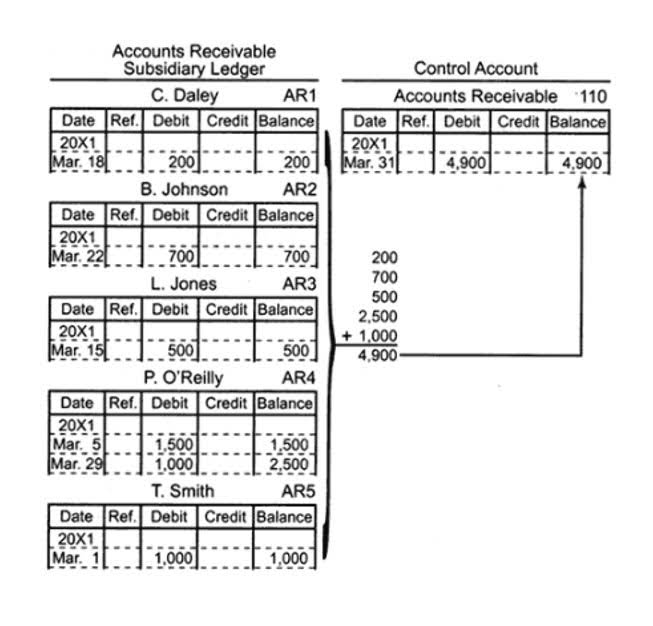
The direct cost is easily allocated in the product cost as we need to allocate the quantity in line with the usage. If Department B has overhead costs of $30,000 but direct costs of $70,000, then its overhead rate is 43%. Despite having lower total overhead, Department B is less efficient since its overhead rate is higher. So in summary, the overhead rate formula relates your indirect operating costs to production costs. In summary, overhead rates have a sizable impact on a company’s key financial statements and decisions. Investing time into overhead analysis and accurate calculation of rates leads to better accounting and superior business management.
- We’re a headhunter agency that connects US businesses with elite LATAM professionals who integrate seamlessly as remote team members — aligned to US time zones, cutting overhead by 70%.
- At a later stage, when the actual expenses are known, the difference between that allocated overhead and the actual expense is adjusted.
- For instance, a business with a labor incentive environment absorbs the overhead cost with the labor hours.
- The allocation of overhead to the cost of the product is also recognized in a systematic and rational manner.
- The use of multiple predetermined overhead rates may be a complex and time consuming task but is considered a more accurate approach than applying only a single plant-wide rate.
- By accurately identifying these costs, businesses can ensure they are pricing their products or services correctly and are maintaining an accurate picture of profitability.
Ethical Cost Modeling

Notice that the formula of predetermined overhead rate is entirely based on estimates. The overhead applied to products or job orders would, therefore, be different from the actual overhead incurred by jobs or products. When selecting an allocation base, it’s essential to choose a metric that has a direct correlation with the overhead costs being allocated. For example, if a company’s overhead costs are primarily driven by machine usage, machine hours would be the most appropriate allocation base. It means the total number of direct labor hours is taken as the denominator, which is divided by the numerator as the total overhead cost of the company.
- Manufacturing operating expenses typically are comprised of machines, direct materials cost, direct labor hours and actual machine hours needed to manufacture a product.
- As is apparent from both calculations, using different basis will give different results.
- If machine operator’s wages are also added to the ordinary machine hour rate it is called comprehensive machine hour rate.
- If a business uses an actual overhead cost, they would not be able to determine true costs until after the production has actually happened.
- The overhead rate is calculated by dividing total overhead costs by an appropriate allocation measure such as direct labor hours.
- Direct material percentage rate is calculated by dividing the predetermined production overhead by direct material.
Selecting an Estimated Activity Base
Any difference between applied overhead and the amount of overhead actually incurred is called over- or under-applied overhead. It is used in cost accounting to estimate manufacturing overhead costs for a specific period. This rate is established at the beginning of a period using estimated overhead costs and activity levels, ensuring streamlined accounting and better Travel Agency Accounting cost control.
Setting pricing

If a business uses an actual overhead cost, they would not be able to determine true costs until after the production has actually happened. These overhead costs might include depreciation, indirect labor, rent, utilities, etc. By accurately identifying these costs, businesses can ensure they are pricing their products or services correctly and are maintaining an accurate picture of profitability. The overhead rate for the molding department is computed by taking the estimated manufacturing overhead cost and dividing it by the estimated machine hours. At the start of 2021, Dorothy’s Hat Company estimated that the total manufacturing overhead cost for the year would be $320,000, and the total machine hours would be 50,000 hours.
Step 3: Estimate Your Allocation Base
Cut unnecessary spending – Review budgets to identify and eliminate expenses that do not contribute real business value. A good rule of thumb is to ask yourself if the cost will be incurred regardless of how much product you’re making. B2C usually involves more picking and packing time for smaller orders, while B2B might have more equipment usage for bulk orders. If you’d like to learn more about calculating rates, check out our in-depth interview with Madison Boehm. In this example, we will provide you with https://www.bookstime.com/ the step by step on how to calculate Predetermined Overhead Rate.
Not a whole lot compared to other business models (which is probably why a lot of people choose to start these sorts of businesses!). Anytime you can make the future less uncertain, you’ll be more successful in your business. Create a Full Dynamic Financial Model in 2 Days (6 hours) | Any Graduate Or Professional is eligible | Build & Forecast IS, BS, CF from Scratch.

Accounting Jobs of the Future: How Staffing Agencies Can Help Land Them
For example, assume a company expects its total manufacturing costs to amount to $400,000 in the coming period and the company expects the staff to work a total of 20,000 direct labor hours. In order to calculate the predetermined overhead rate for the coming period, the total manufacturing costs of $400,000 is divided by the estimated 20,000 direct labor hours. To illustrate, consider a manufacturing company that has estimated its total overhead costs for the upcoming year to be $200,000. The company determines that direct labor hours are the most appropriate activity base, and it estimates that 40,000 direct labor hours will be worked during the year.
- The use of predetermined overheads effectively incorporates the cost effects of seasonal variations in the product cost and price.
- Furthermore, by using this formula, companies can better anticipate unexpected increases in costs and promptly mitigate the potential monetary issues.
- Predetermined overhead rates are calculated by dividing total budgeted overhead costs by the expected volume of the selected activity level.
- To calculate the predetermined overhead rate of a product, a business must first estimate its level of activity or units to be produced.
- Both figures are estimated and need to be estimated at the start of the project/period.
- Another way to view it is overhead costs are those production costs that are not categorized as direct materials or direct labor.
- The overhead rate of cutting department is based on machine hours and that of finishing department on direct labor cost.
At the end of the accounting period, you’ll have a difference (called a variance) between your applied overhead (using the predetermined rate) and your actual overhead costs. If you applied more overhead than you actually incurred, that’s an over-applied overhead. As the production head wants to calculate the predetermined overhead rate, predetermined overhead rate formula all the direct costs will be ignored, whether direct cost (labor or material). It represents the portion of indirect costs attributed to each unit of production.
The activity base can differ depending on the nature of the costs involved. That is, a number of possible allocation bases such as direct labor hours, direct labor dollars, or machine hours can be used for the denominator of the predetermined overhead rate equation. This activity base is often direct labor hours, direct labor costs, or machine hours. Commonly used allocation bases are direct labor hours, direct labor dollars, machine hours, and direct materials cost incurred by the process.
